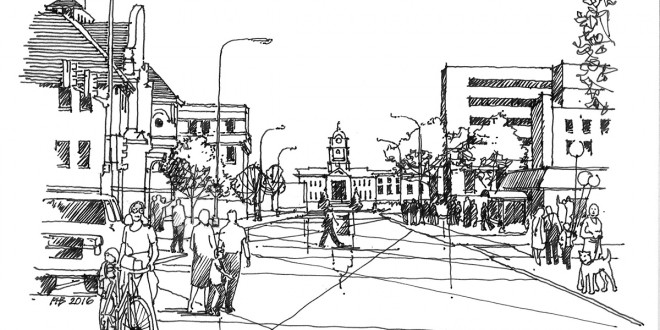A project of Design:SD • Illustrations by Paul H. Boerboom, AIA, and Jeremy Altman, Assoc. AIA
Adapted primarily from: AIA’s Ten Principles for Livable Communities,
with inspiration from Minnesota Design Team and several other sources
When you start designing projects for your community, how do you know they will actually work—that whatever you build will be used, and loved, and taken care of?
That’s the idea behind these design principles crafted by members of Design:SD, a project that brings design professionals into rural communities to help them reimagine what’s possible.
Design:SD started in 2007 with a grant from the American Institute of Architects, and has since evolved into a partnership between AIA South Dakota, Dakota Resources, and the South Dakota State University Department of Architecture. It continues to visit one community a year, providing expertise through a three-day design charrette.
Design:SD has been using AIA’s Ten Principles for Livable Communities as it creates new ways of seeing rural communities. While the principles themselves worked well, the language and images from those principles referred to urban places. The team decided it needed language to describe those guidelines that fit with the communities it was working in and made sense in rural places.
The principles apply to more than just Design:SD’s work. As communities aim to make their places better, these guidelines could help shape those projects as well.
1. Design on a human scale.
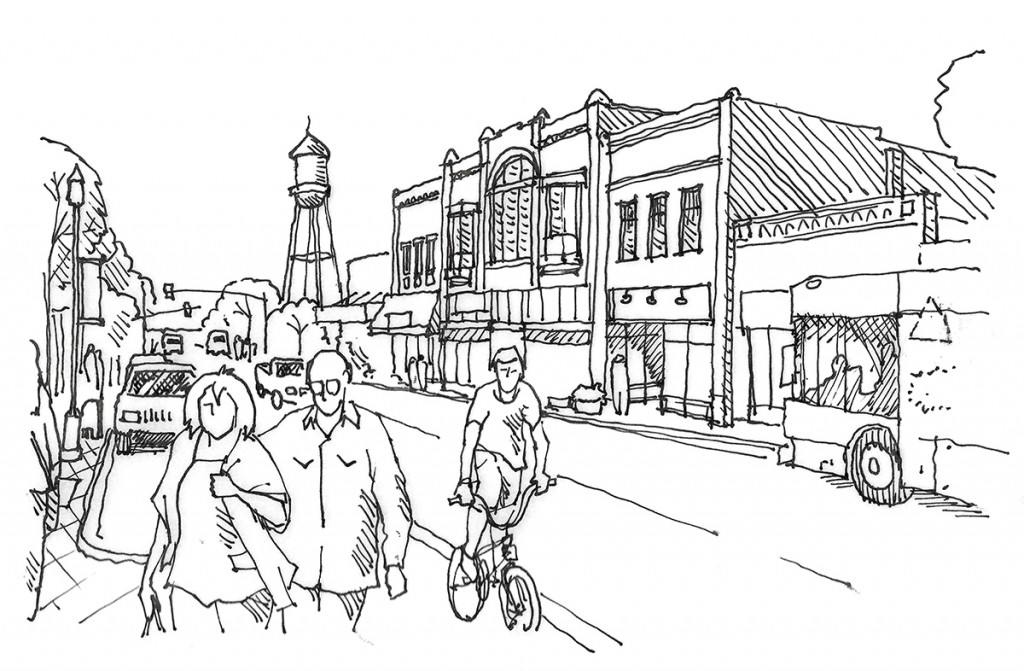
Communities that provide safe options for walking, biking and using public transit—in addition to driving—to places such as shops, services, cultural resources and jobs can encourage community interaction and benefit people’s health.
2. Provide choices.
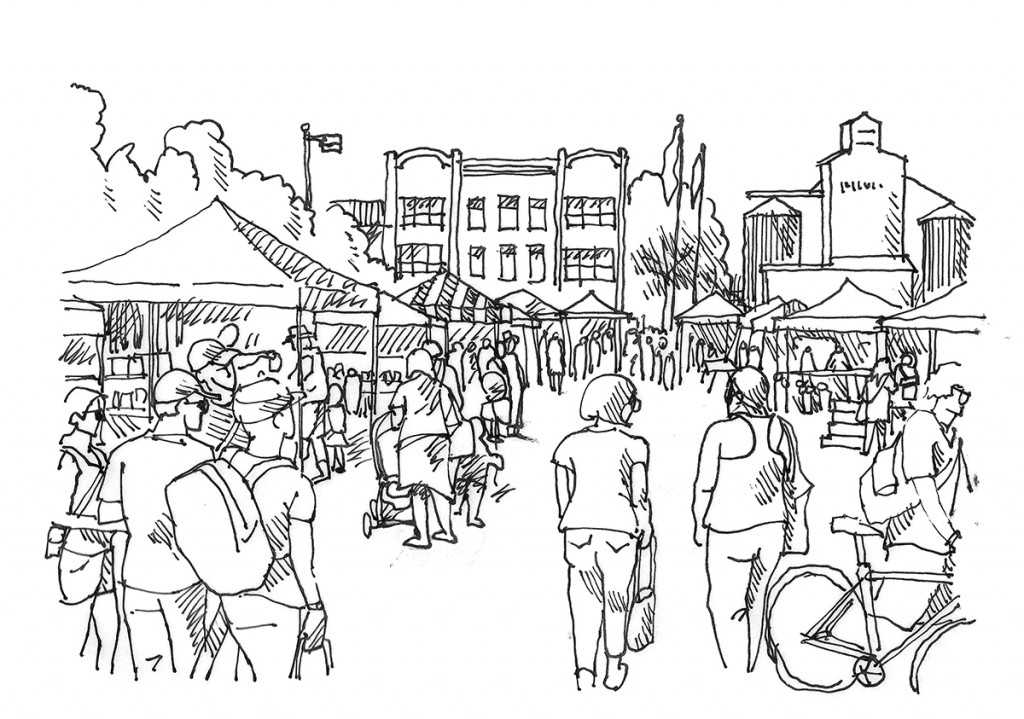
People want variety in housing, shopping, recreation, transportation and employment. Variety creates lively communities and accommodates residents in different stages of their lives.
3. Plan for mixed uses.

Integrating land uses that work well together, such as retail, residential and green space, and separating land uses that don’t, such as manufacturing and downtown retail, creates vibrant, pedestrian-friendly and diverse communities.
4. Preserve the community’s core.

Restoring, revitalizing and infilling Main Streets and downtowns takes advantage of existing streets, services and buildings, avoiding the need for new infrastructure. Strong downtowns help preserve and enhance a community’s identity.
5. Build connections.
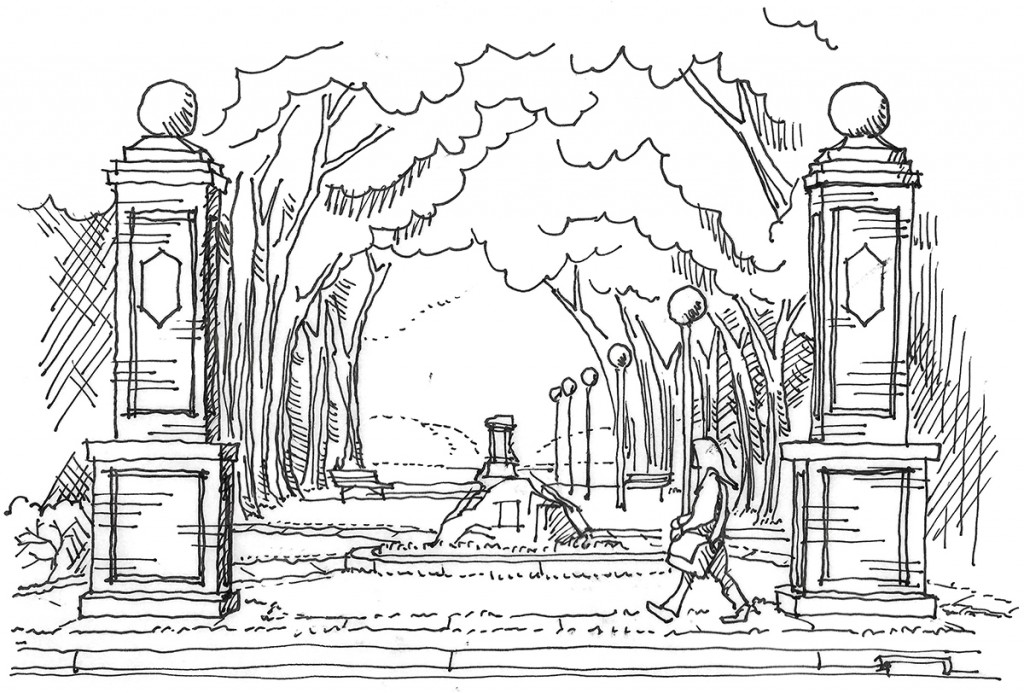
Prominent gateways into communities, clear wayfinding and connections between neighborhoods that accommodate both walking and driving can serve as guides to help visitors and residents know where they are and how to get where they are going.
6. Create shared social and public spaces.
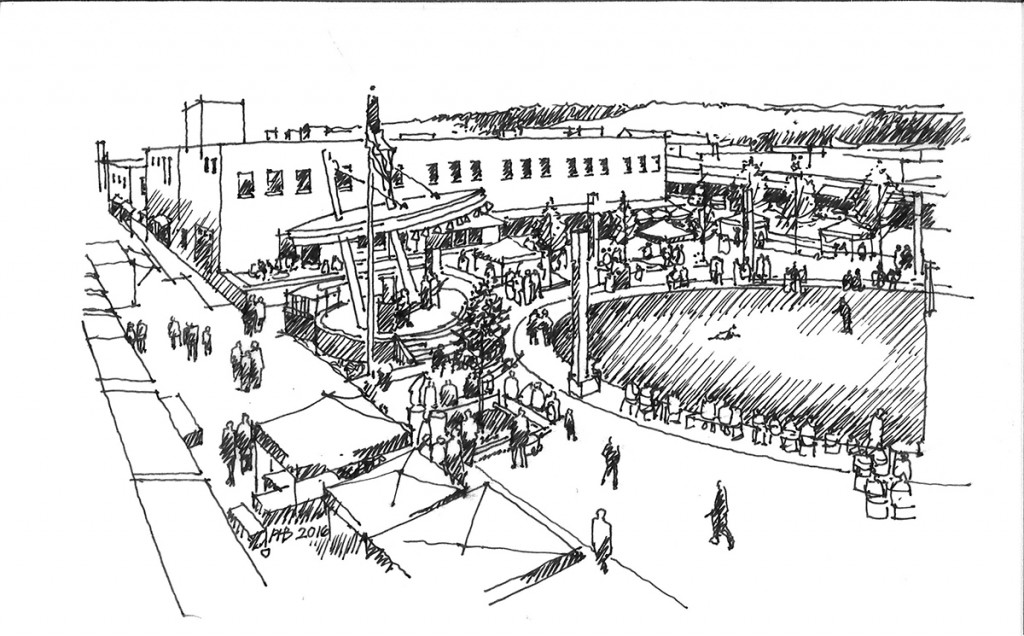
Citizens need welcoming, well-defined public places to stimulate face-to-face interaction, collectively celebrate and mourn, encourage civic participation, admire public art and gather for public events.
7. Promote community identity.
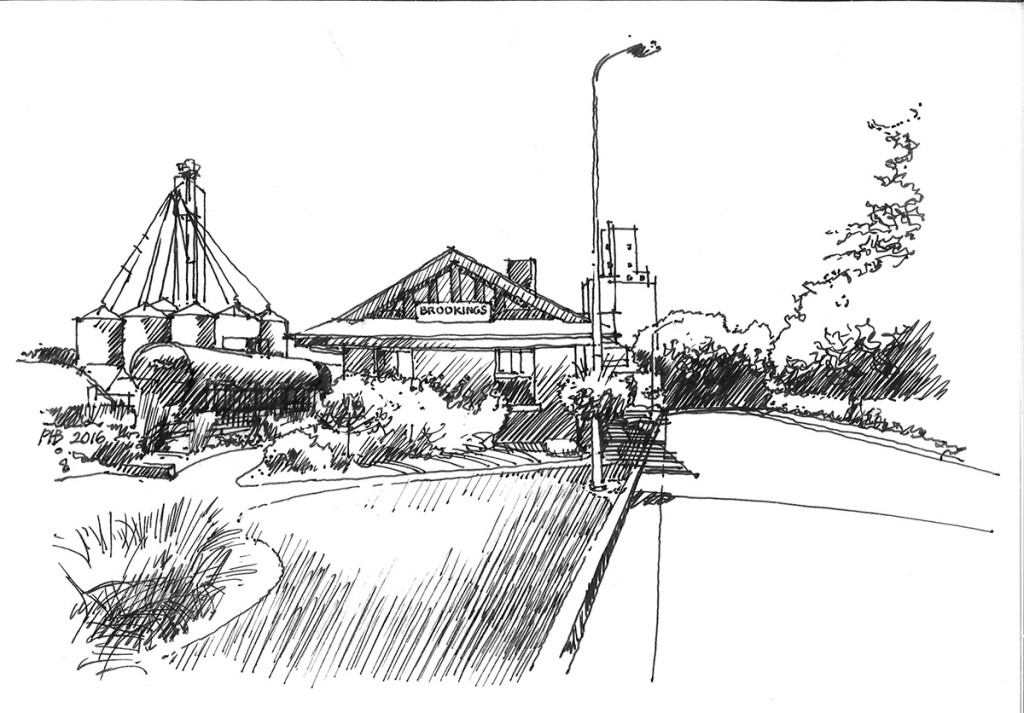
A “sense of place” gives communities a unique character, enhances appeal for visitors and creates pride in the community.
8. Conserve natural resources and landscapes.
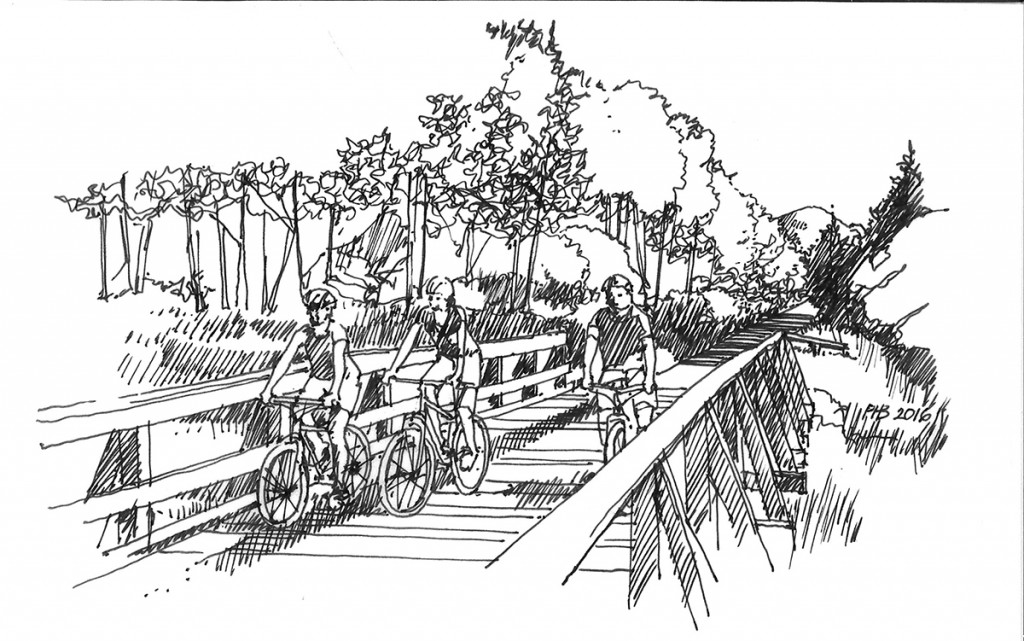
Designing development with the surrounding natural world also in mind reduces air and water pollution, protects property values, preserves agricultural and natural systems and encourages people’s connection to those systems. Vibrant landscapes can provide diverse recreational opportunities for residents and visitors.
9. Develop strategies for economic development and marketing.

Plans for building the community’s economic health and spreading the word about its assets should be part of a community’s design discussions. Beautiful, functional spaces can enhance a community’s other efforts.
10. Design matters.
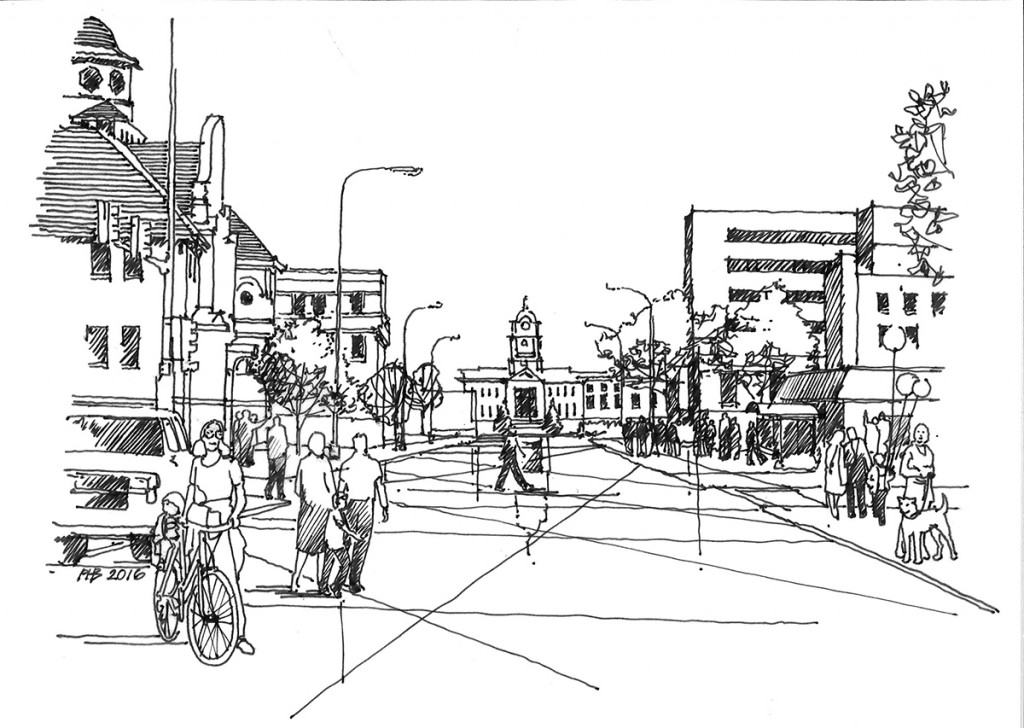
Design excellence is the foundation of successful, healthy and vibrant communities.
For more information about Design:SD, go to designsd.org.

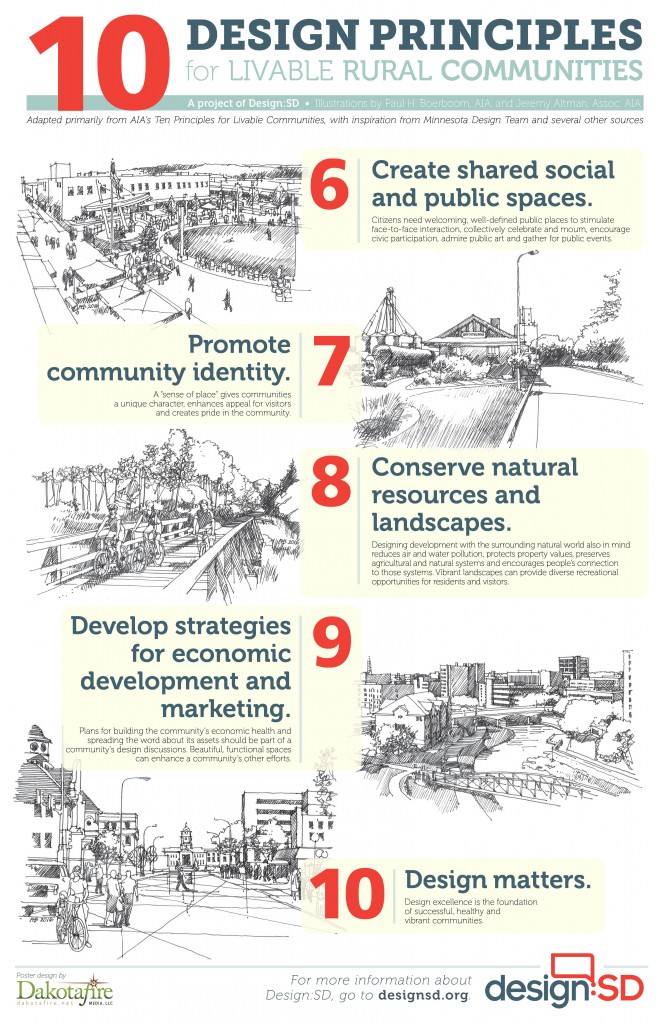
 Dakotafire Get your spark here.
Dakotafire Get your spark here.


